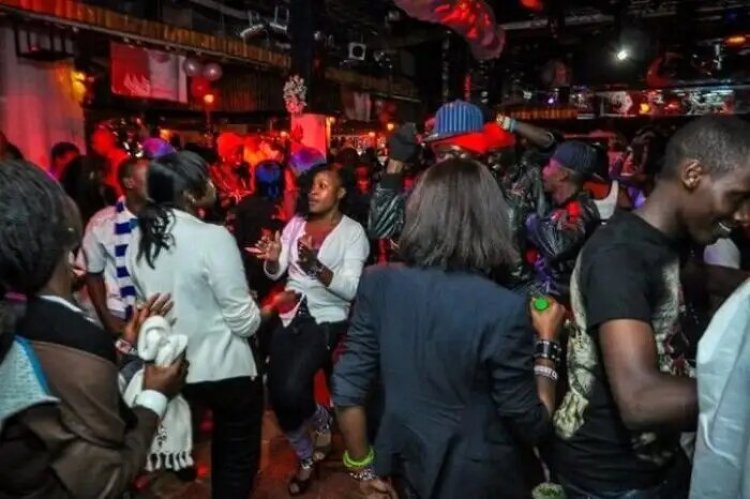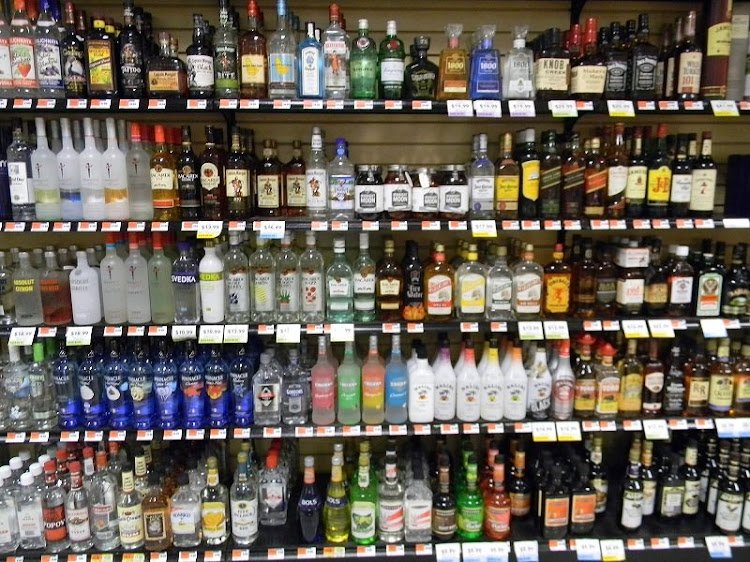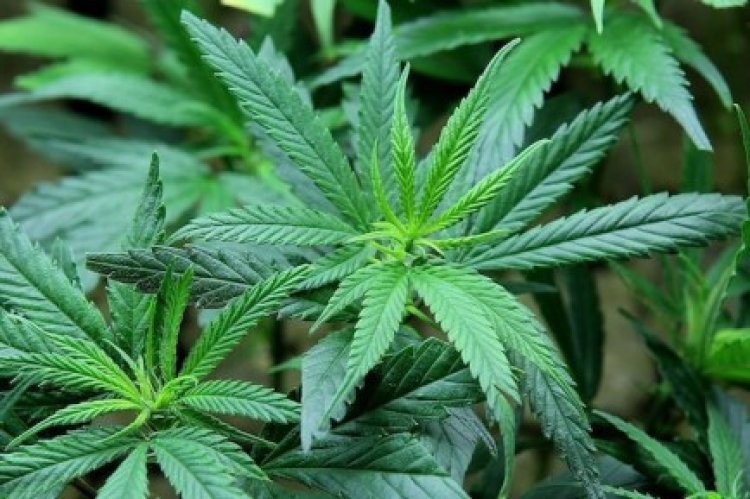3 Most Abused Drugs In Nairobi Among Youth- NACADA
NACADA released its national survey on the Status of Drugs and Substance Use (DSU) in 2022 which covered the last five years, from 2017 to 2022

The National Authority for the Campaign Against Drug Abuse (NACADA), on Friday, May 12 flagged three drugs and substances abused the most by young Kenyans living in Nairobi.
NACADA released its national survey on the Status of Drugs and Substance Use (DSU) in 2022 which covered the last five years, from 2017 to 2022, with the authority relying on various evaluation tools to assess the effectiveness of drug and substance use reduction programmes implemented in the previous five years.
According to NACADA, three drugs that include alcohol, tobacco and cannabis were prevalent among Kenyans aged 15-24 years, despite cannabis itself being a controlled and illegal substance in Kenya. The exception was khat which was prevalent amongst Kenyans aged 15-24 in the Eastern region.
Alcohol
For alcohol, the Nairobi region had the highest prevalence of lifetime use of alcohol (20.9 per cent) closely followed by the Central region (17.5 per cent).

Sample of alcohol bottles in a liquor shop. /FILE
"Thirteen (13) per cent of the population aged 15 – 24 years reported lifetime use of alcohol. Males had a higher prevalence of lifetime use of alcohol (20.0%) compared to females (7.3%).
"Those in the urban areas had a higher prevalence of lifetime use of alcohol (19.8%) compared to those in the rural areas (9.2%)," read the report in part.
In comparison across the country, Kenyans aged 25 - 35 years had the highest prevalence of lifetime use of alcohol at 22 per cent, with males recording a higher prevalence of lifetime use of alcohol compared to females.
"The lifetime use of manufactured legal alcohol was higher in urban areas (17.5%) while lifetime use of chang’aa was highest in rural areas (6.3%). The Western region reported the highest prevalence of
lifetime use of chang’aa (13.5%) and traditional liquor (17.4%)," added the report, which went on to state that nearly one in five persons aged 15 – 65 years (19 per cent) had ever used at least one type of alcohol in their lifetime.
Tobacco
For tobacco, the survey indicated that the prevalence of lifetime use of tobacco for the population aged 15-24 years was seven per cent, with males showing a higher prevalence of lifetime use of tobacco (12.3 per cent) compared to females (3.2 per cent).
This is less than the prevalence of lifetime use of tobacco being 12 per cent for the population aged 25-35 years, with the prevalence of lifetime use of tobacco being higher for males (21.3 per cent) compared to females (4.6 per cent).
Kenyans in the urban areas had a higher prevalence of lifetime use of tobacco (10.8 per cent) compared to those in the rural areas (5.4 per cent). Nairobi region again led in this category, having the highest prevalence of lifetime use of tobacco at 15 per cent.
Cannabis
The Nairobi region had the highest prevalence of lifetime use of cannabis (9.7 per cent) while the Western region had the lowest (2.2 per cent).
"The results show a 4 per cent prevalence of lifetime use of cannabis. Males had a higher prevalence of lifetime use of cannabis (8.0%) compared to females (1.1%).
"The prevalence of lifetime use of cannabis was higher in the urban areas (7.8%) compared to the rural areas (2.4%)," stated NACADA's report.
NACADA further disclosed that Kenyans living in urban areas used cannabis the most, compared to rural areas, among young people, and was said to be smoked in social settings or to cope with stress or anxiety - one of its myths and misconceptions.
Bhang leads to various negative health outcomes, including addiction, impaired cognitive function, respiratory problems, and increased risk of mental illness.
Additionally, the illegal trade in Bhang contributes to organised crime and undermines the rule of law. Efforts to combat its abuse in Kenya have included law enforcement operations to disrupt drug trafficking networks, awareness campaigns to educate the public about the risks of drug abuse, and providing treatment services for individuals struggling with addiction.

Image of a cannabis plant. /FILE
President William Ruto's government enforced measures to curb the growing alcohol and substance abuse in Central Kenya's Counties of Kiambu, Murang'a, Nyeri, Kirinyaga, and Nyandarua.
Deputy President Rigathi Gachagua, who is spearheading the campaign against the growing alcohol and substance abuse across the country, especially in the Central Kenya region, hailed the efforts in combating the vice by revealing how the cost of Bhang rose sharply.
"I am so happy that since we started this exercise in the Central Kenya region, a roll of bhang that was Ksh100 is now retailing at Ksh400. They are making progress.
"It is becoming unaffordable. That is right because the police are so alert, so those selling are now hiking the price," Gachagua stated on Thursday, May 4, in a forum where members of county assemblies from Central Kenya discussed formulating uniform laws to curb illicit alcohol and substance abuse.






